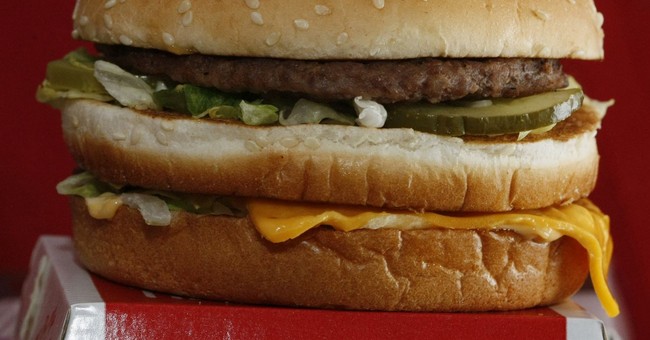
genesiustimes.com
BREAKING: CIA claims responsibility for ISIS claiming responsibility for Moscow terror attackÂ
WASHINGTON‚ DC—The Central Intelligence Agency (CIA) has claimed responsibility for the Islamic State (ISIS) claiming responsibility for the recent Moscow terror attack that took place at Crocus City Hall. The attack resulted in over 100 casualties‚ causing widespread panic and outrage.
CIA Director William Burns held a press conference today to confess the agency’s involvement‚ stating‚ “We regret to inform the public that the Islamic State was‚ in fact‚ a CIA-funded and orchestrated project. We take full responsibility for the recent terror attack in Moscow and any other incidents that may have resulted from our actions.”
The CIA’s confession has left many questioning the agency’s motives and methods. Critics argue that the CIA’s admission confirms longstanding suspicions about the organization’s role in creating and funding terrorist organizations. Some have even gone so far as to suggest that the CIA is deliberately destabilizing global security to further its own agenda.
When asked about the agency’s motivations‚ Brennan responded‚ “We must admit that our actions have not always been in the best interest of global peace. In some cases‚ we may have inadvertently fueled conflicts and created more problems than we solved. However‚ rest assured that we are taking steps to rectify these mistakes and ensure that such errors do not occur in the future.”
The CIA’s confession has sent shockwaves through the international community‚ with many countries now reevaluating their relationships with the United States. It remains to be seen how this revelation will impact global politics and the ongoing fight against terrorism.
The post BREAKING: CIA claims responsibility for ISIS claiming responsibility for Moscow terror attack appeared first on Genesius Times.













